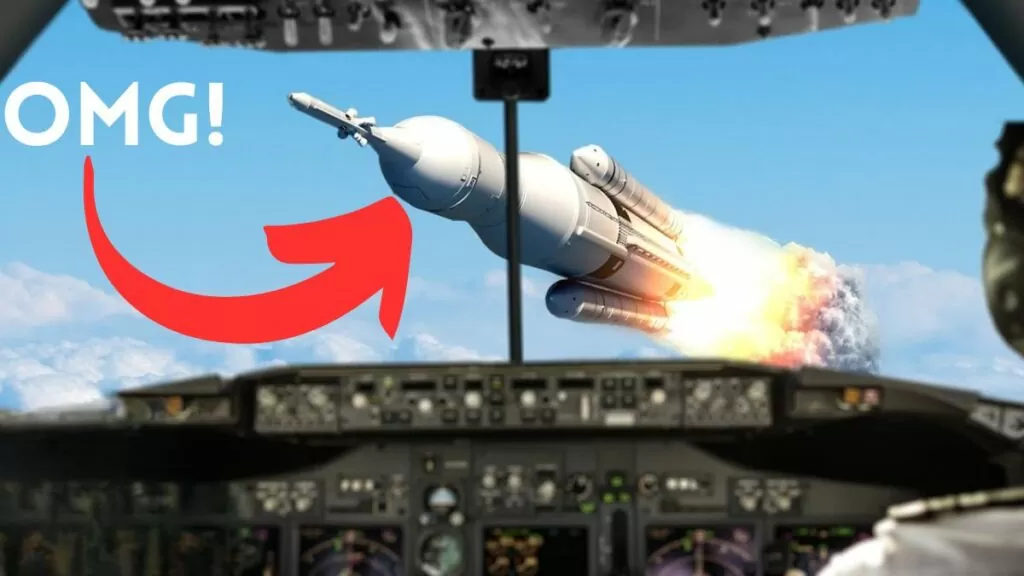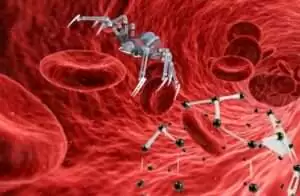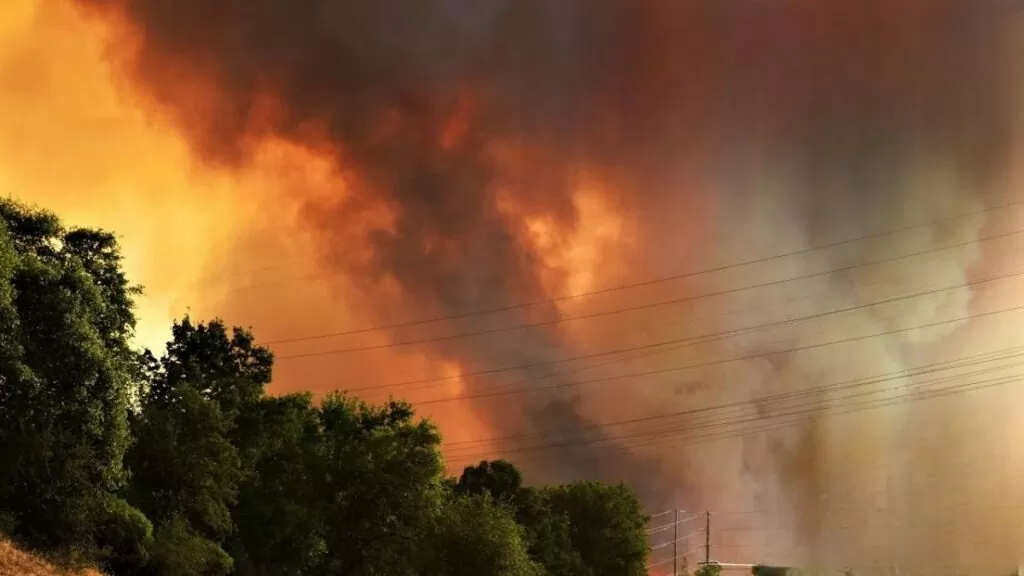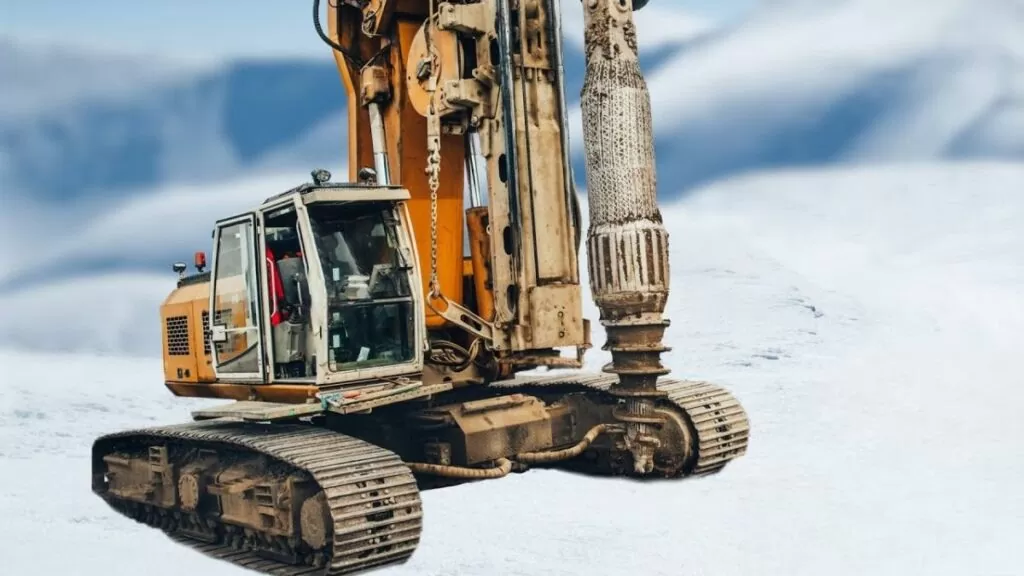
When you’re flying to Florida, you probably don’t think about the possibility of your plane colliding with a rocket launched from Cape Canaveral, but rather about which book you should read on the beach!
You might think that the experts who are tracking your plane also know when rockets are in the air and where they are.
However, you’d be wrong.
Furthermore, we are currently in the era of commercial space flight.
There were a record-breaking 180 successful rocket launches worldwide in 2022 alone!
The likelihood of something going wrong between a rocket and a plane is greater than ever.
Therefore, engineers and air traffic controllers must rethink how we track rockets to ensure our safety in this rocket-filled world.
[Introduction] Let’s begin by discussing the reason why air traffic controllers virtually do not see rockets.
All of it is the result of space history.
Each launch of humans into space was a massive undertaking managed by federal agencies like NASA when they first started going there.
Air traffic controllers borrowed the military’s method for clearing airspace for practice exercises to prevent commercial aircraft from hitting those rockets.
They declared a Special Activities Airspace, a temporary no-fly zone.
These areas, which could be anywhere from 90 to 4400 square kilometers surrounding the launch pad, required airplanes to deviate for several hours.
The Federal Aviation Administration, or FAA, did not need to always know where a rocket was because it was surrounded by such vast empty stretches of airspace.
When NASA only launched one or two rockets per year, clearing such a large area of airspace was not a big deal strategically.
The method, on the other hand, is pretty inefficient now that there are nearly 200 launches annually worldwide, including private company ones.
It is also inefficient.
Around rocket launches, planes take longer routes and consume significantly more fuel.
In 2018, 563 flights were delayed for a single rocket launch, resulting in an additional 64,500 kilometers of flight time.
However, safety concerns also necessitate a change to the system.
Now, even if there were no restrictions on the airspace that separate planes and rockets, there is still very little chance that a rocket would hit a plane or the other way around.
To reach space, rockets must be very fast, so they leave the airspace that commercial planes use very quickly.
Damage caused by rocket drop debris is the real issue.
There are two kinds of rocket debris: pieces that are intentionally thrown out and pieces that accidentally fall back to Earth.
Materials with low melting points make up the stuff that engineers intend to eject.
Therefore, after being ejected, it burns up in the atmosphere at much higher altitudes than those at which commercial aircraft fly.
In the meantime, accident debris might pass through commercial airspace.
Even worse, it frequently spreads over a fairly large area.
For instance, when the space shuttle Columbia went down, 38,000 kilograms of debris fell, covering a 1,000-kilometer-long by 40-kilometer-wide area.
However, NASA only intended to restrict airspace within a 48-kilometer radius of an emergency shuttle landing.
It is extremely fortunate that nothing struck a commercial aircraft.
During the forty minutes that the pieces were falling, nine planes flew through the debris zone without being alerted.
Additionally, the answer to your question about whether a plane has ever been struck is yes.
In 1996, a piece of space debris collided with a Chinese plane, breaking its windshield and forcing it to land, though the type of debris remains a mystery.
In addition, the best case scenario in accidents like these is an emergency landing.
Therefore, air traffic controllers want to minimize the size of no-fly zones in order to avoid collisions.
Currently, if anything goes wrong, NASA or the rocket company must notify another person via email or phone call to the FAA.
It takes a long time and requires double-checking to ensure that no human error is made.
A plane would need about 13 minutes to maneuver away from an accident all together.
which isn’t even close to fast enough considering that large objects could fall through commercial space in as little as four minutes.
As a result, the Federal Aviation Administration (FAA) is working on a new system that should enable aircraft to alter their routes within the first half of an accident.
The FAA will finally be able to monitor rocket launches in real time thanks to the Space Data Integration system, or SDI for short.
Air traffic controllers will be able to treat rockets more like airplanes if they know where they are actually located.
At the moment, the FAA gives each commercial plane its own 16-square-foot bubble of space.
7 km in length.
Rockets—or at least those that can demonstrate their dependability—may be upgraded and given their own bubbles through the SDI.
These bubbles would be much smaller no-fly zones than the ones we are currently working with, though their exact dimensions would vary depending on the situation.
However, the SDI will need to do more than just track where rockets are at any given time if we are to truly transition to these bubbles of restricted rocket airspace.
It will also need to assist the FAA in preventing planes from flying through debris fields by anticipating where high-risk debris areas will be and suggesting the fastest detours in the event of an accident.
Algorithms that are capable of handling such a difficult task are being developed diligently by computer scientists.
The Markov Decision Process, a well-known statistical technique, is utilized by one group.
Based on the plane’s current position, this model estimates the outcome of a particular decision made at a particular time, such as rerouting a plane to the left.
For instance, the decision to bank left at a specific moment will 90% of the time result in a safe flight and 10% in a collision.
The algorithm then estimates additional rerouting options, such as banking right rather than left.
The model estimates all safe rerouting options for the following time period after determining the safest option for a given point in time.
Using a related statistical technique known as the Monte Carlo Simulation, a different group of researchers updated this decision-making tool.
The best and most cost-effective way to fly to safety is determined using this method, which takes random samples of the possible movements of airplanes and debris.
When dealing with the unpredictability of where debris fragments will be, random sampling is preferable, whereas Monte Carlo simulations are time-consuming and resource-intensive.
The FAA hasn’t set up the Space Data Integrator yet because fine-tuning these algorithms and connecting them to all the data they need for their calculations is a lengthy process.
When they do, maybe we’ll all be able to witness rocket launches as we approach Florida!
Alternately, you can simply return to questioning your beach read.


![Moon Jellyfish has [ Hidden Secrets ] You don't know moon jellyfish](https://spaceupper.com/wp-content/uploads/2022/11/1-1-300x169.jpg.webp)








